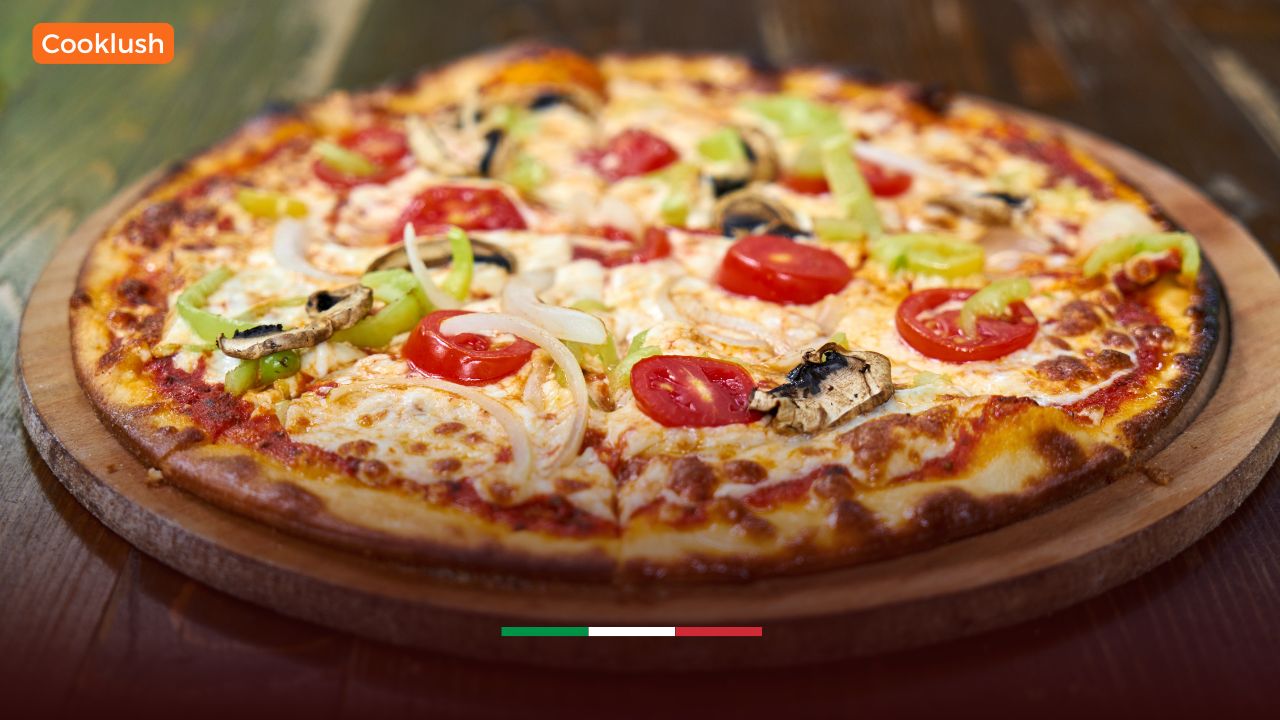Hey friend! 🌟 You walk into a room, and you say, “The light is so good right here.” Or was it more like this—you squinted into the light that is so perfectly bright, or maybe it wasn’t at all bright enough? However, the lighting is everything, particularly in the areas of the kitchen and dining room where we cook, eat, and meet with loved ones most often. Thus we commence a series where all you need to mark your realm with the warm vibe of kitchen and dining lighting is explained in as much detail.
So why this critical lighting?
But first, a little background as to why lighting is important. Picture your dining room during a quiet, candlelit dinner, or your kitchen glowing while serving up family dinner. Good lighting has the power to set a mood, highlight your decor, or even make people think the food you offer in your restaurant is appetizing. Oh, and of course, the lighting in our home cooks/dining areas is also very important!
The Basics of Lighting
To start, we will briefly touch on some basic lighting. Things to know are important for a fresh new or veteran interior decorator.
Types of Lighting
- Ambient Lighting—your usually room-filling light, giving you a level amount of lighting throughout the room. Ceiling fixtures or recessed lights.
- Task Lighting: A source that is specifically designed to provide adequate light for the eyes while working. For example, these models are lights under cabinets or pendants over your dining table—like a pendant light.
- Accent Lighting: Creating drama, emphasizing artwork or architectural features with style.
Lighting Fixtures
- Ceiling Lights (Chandeliers, Pendants, Flush Mounts)
- Wall Lamps: Decorative sconces
- Track Lighting: Track is another flexible approach with an end finish – great for kitchens.
Kitchen and Dining Lighting
Step 1: Assess Your Space
Firstly, you have to start in your kitchen and eating areas. Is it open-plan or are they standalone? What is different about each tile in the room? Take notes of the color palette in a room, style of furniture, and architectural distinctions.
Step 2: Choose Your Style
What vibe are you going for? Warm and traditional or modern minimalist or rustic farmhouse? Your light should complement the decor; you do not want your light and the decor to be an ugly mess either. Two wrong things do not make a right.
Step 3: Mix and Match
Here’s where the fun begins! Menu Kitchen + Dining Lighting
Kitchen Lighting Ideas
- Over the Kitchen Island or Bar (Pendant Lights): Choose a style that fits with your theme. For a more polished look, consider coordinating the metal finishes with your cabinet hardware.
- Under-cabinet lighting: These lights are nice for task lighting and can make your kitchen glow.
- Recessed Lights: Perfect for general lighting, especially in larger kitchens.
Dining Room Lighting Ideas
- Chandeliers: A beautiful chandelier can provide perfect ambiance and serve as a statement piece when hung over the dining table. Consider the size of your table and balance it with the size of the fixture.
- Wall Sconces: Provides a chance to add some aesthetic details on the partition, which never uses area at your dining table and furthermore supply additional light as appropriate.
- Dimmer Switches: You can never go wrong with having dimmers to help create the perfect ambiance.
How to Deal With Being Too Good-Looking (Male)
- Match the Colors and Materials: Here it makes sense to stay on one design track — brass in all its forms or chrome in whatever incarnations.
- Match Brightness: Ensure that corresponding areas match in shape, vintage, and so forth. (I did not want a single room to be goddamn bright as shit and the other more-than-very limp.)
- Layering: Ambient, task, and accent lighting makes the room feel like it has depth.
The Lighting Questions You Have Answered
How Do I Determine The Correct Size Of Lighting Fixtures?
Tip: When converted to inches, the sum of the width and length of the room in feet should be close or equal to 60″. This will be the light fixture within your circle. For example, a 10’x12′ room would benefit from something like a 22″ fixture.
What Is The Ideal Height To Hang A Chandelier Over A Dining Table?
The bottom of the chandelier should hang between 30 inches and 34 inches above your table with an 8-foot ceiling. Plus 3 inches for every additional foot of ceiling height.
Needs a dimmer switch.
Yes! Dimmer switches: Perfect for a little ambiance and might be able to save you some energy.
Small kitchen design ideas: creating the illusion of space with lighting.
For this ceiling, we left the grainy look bright white and did recessed lighting plus under cabinet lighting to keep it uncluttered. Rather, even on shiny textiles, such bright colors are plausible.
Time for Your Story
Share Your Lighting Fun
Do you have any lighting horror stories or a tale of how the right lights made more of your home? Share your own stories and tips in the comments! Join our conversation! Light the fires! 💡
Conclusion
It is not just a requirement in rooms such as the kitchen area & dining space; however, it can likewise alter the total appearance of the kitchen & dining room. Everything looks so nice when the lighting is matched and complementing. It also works well practically! Go nuts, lean in and let the light you decide to display showcase your personality. And they always will, no matter how many strange lamps you buy. 😊
- What Is the Best Cooking Oil for Diabetics? Your Comprehensive Guide to Heart-Healthy Choices - October 31, 2024
- What Happens If You Drink Cooking Oil? Understanding the Risks and Effects - October 31, 2024
- Why Do My Eyes Burn After Cooking with Oil? Unveiling the Sizzling Mystery - October 31, 2024

